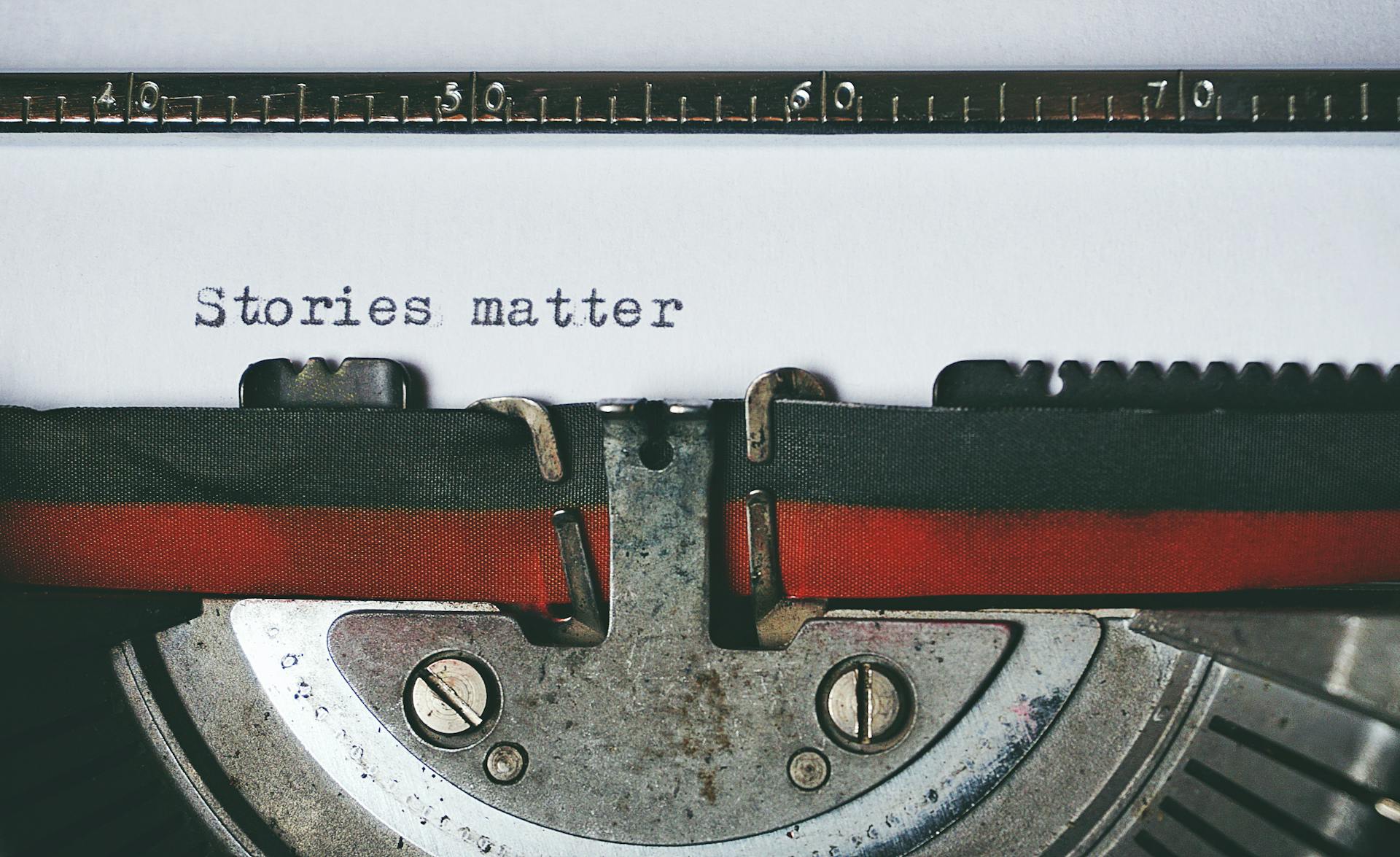
It isn’t copying, and it’s not ©opyright
Simply: copywriting is writing.
We use the sometimes-confusing term “copywriter” because when you say “writer”, people tend to think we’re talking about a novelist. Our copywriters contribute to creative projects such as novels and screenplays, but our toast and jam is professional writing for businesses.
“Copy” is a misleading word. In this context it does not have anything to do with replicating work. And don’t confuse “copywriting” with “copyright” (©: the protection of intellectual property).
Copy is the word we use to describe a piece of text. It can be used to describe the written contents of a web page, advertisement, book, article, or just about anything else with words on it.
Copywriting is part of your design toolbox, just as important as layout, imagery, fonts, colours and style.
Who uses copywriters?
Copywriting is traditionally associated with marketing and sales, but a wide range of people and industries use copywriters to write or edit:
- “About us” pages on websites
- Product/design/art descriptions
- Professional/freelancer bios
- Blog posts
- Newsletters
- Reports and updates
- Pitch letters
- Grant applications and competition entries
What do you get out of it?
Most readers leave a web page within in the first minute unless the first information they see grabs their attention.
People behave similarly for other media: binning or spamboxing emails with bad subject lines; tossing circulars from mailboxes without a second glance; glossing over newspaper articles in favour of the quiz pages; many people don’t even read important (but boring) letters from banks and insurance companies before they file them.
Good copy grabs your reader’s attention in those crucial first seconds, then holds it until they get the information they want or the information you want to give them. Good writing – or bad writing – is part of the user experience.

Good copy, bad copy
Everyone who took English in school thinks they write good copy. This is not true, but there is no shame in that. Copywriters have years of training and practice in fields such as journalism, marketing, communications, user experience design, and literature.
Most people shouldn’t use their own writing for professional material, any more than they should use their amateur smartphone photos. A selfie might look fine on your Twitter profile, but a photo for your professional bio should be taken by a photographer with decent lighting and good equipment. Copy is the same: of course you can write your own emails, but anything the public sees should be written by a pro.
Have a look at these short fictional web bios:
Bad copy
Good copy
Under “Bad copy”, you can see the first mistake most people make: too much information.
It is natural and good to want to get all the available information about you, your product and your company out there into the world. Unfortunately, nobody wants to read 500 words about how your first crappy job made you realise your app idea could change the world.
A copywriter acts as an impartial third party. They can absorb all the information you have, and tell you what people are going to care about and respond to.
Jargon
Bad copy
Good copy
When you live and breathe your industry it is easy to lose track of what language your readers understand. Even people in your own sector might not understand jargon as well as you think they do. How many times have you been in a meeting and wanted to ask what a word or acronym means?
Copywriters are specialists at creating simple explanations and finding widely-understood alternatives to complex terms.
Structure
Bad copy
Good copy
The order of your copy is important. In stories, the order helps you create a structured narrative. In web copy, it helps direct the reader to the information they want. In business documents, it helps the reader understand complex information by receiving it in a logical order.
In most cases we try to present the most important or exciting information first, followed by the context. You don’t need to follow a chronological order when telling a story.
But putting the most exciting info first isn’t always the best way to write. The second example below deliberately holds off the reveal to build suspense. How should you decide which technique to use? It depends on what you want to achieve, and sometimes it depends on writers’ intuition.
Importance
Suspense
Copywriting is one of the professional services Wordshop offers. Get in touch if we can help you with your copy.

